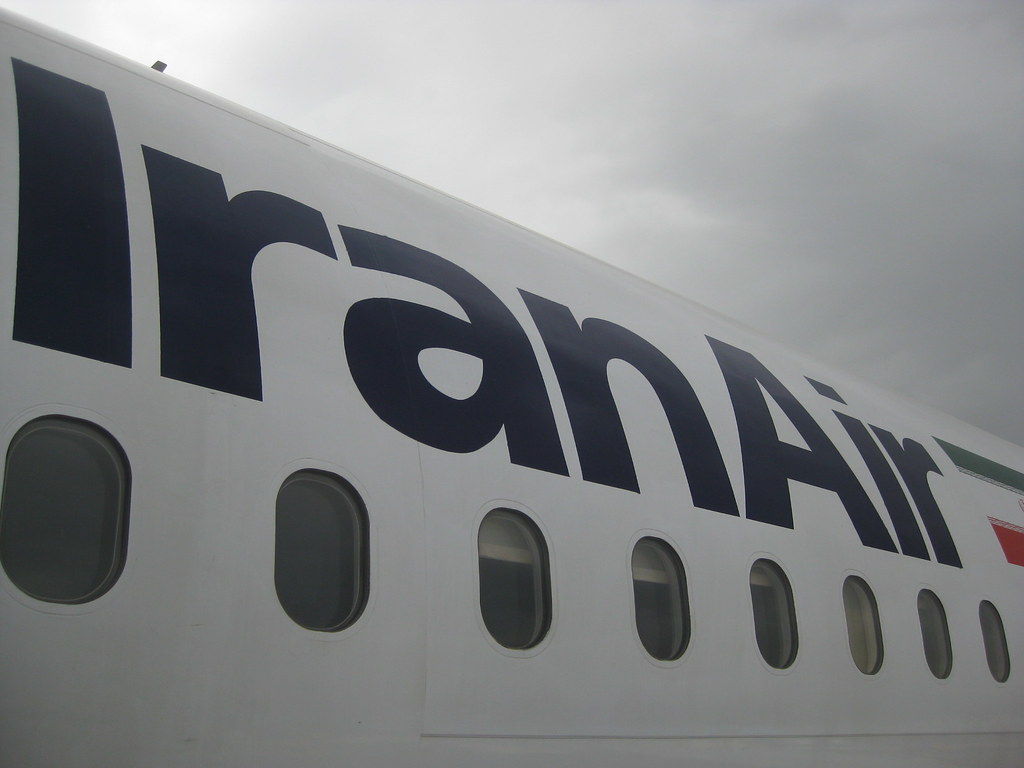Following regional tensions and reduced air traffic amid the pandemic, Iran announced on Saturday that it plans to set discounts on its airspace. By making overflight fees cheaper, Iran hopes to attract international airlines to utilize its airspace.
Nassar Aghaei, director of the Iran Airports and Air Navigation Company, made the declaration. According to Reuters, the offers will be awarded to the top eight airlines that fly over its airspace as well as “airlines boosting their flights by 20%.”
The plans remain unconfirmed for now as they have yet to receive approval from the government.
What are overflight fees?
Overflight fees are charged when airlines fly above a particular state, whether or not the plane lands or takes off from that country.
The fees help fund services such as air traffic control, weather data, and timely reports on missing or overdue flights. Pilots will also receive essential aeronautical information when flying in these airspaces. Simple Flying recently published an article detailing what goes into the cost of overflight fees.
If airlines fly through several airspaces throughout their flight, payment will be required for each nation. Many countries charge for overflight fees. These can be a significant source of income for states in strategic locations for flight paths.
According to the Financial Tribune, 68% of the revenue for the Iran Airports Company can be attributed to overflight fees.
Considering the discount on Iran’s airspace is reserved for those who fly over its airspace frequently, it’s safe to say US carriers are not in the running. Instead, Gulf carriers from the likes of Qatar Airways, Emirates, and Kuwait Airways could likely be on the receiving end of the discounts.
Tensions exacerbated after Ukraine flight crash
Due to its proximity to war-torn Iraq, Iran’s airspace has long been a risky path.
On January 8th, a Ukraine International Airlines flight departing from Tehran to Kyiv Boryspil was shot down shortly after takeoff. All 176 passengers and crew on board the plane died.
Iran officials have since admitted that the plane was mistakenly shot down with a surface-to-air missile. Iran had been on high alert as tensions between the US and Iran were at all a time high in January. A few days earlier a US drone strike had killed Iranian general Qasem Soleimani.
The Ukraine International Airlines crash undeniably made other airlines wary of flying over Iran. The same day, The Federal Aviation Administration (FAA) banned all US carriers from flying in the airspace above Iran and Iraq.
Major carriers such as British Airways and Qantas had charted alternative flights paths to avoid the area actively. Dutch airline KLM on the other hand, resumed flights across both Iran and Iraq at the end of January dismissing the perceived risk. The airline did so to cut down on fuel costs and flight times.
The US banned flying over Iran
FAA’s ban for US carriers was not something entirely new. Back in June 2019, Iran had shot down a US drone aircraft after claiming it had infiltrated its airspace. According to CNN, the incident escalated political tensions between Washington and Tehran.
This led to many major airlines re-routing flights to avoid the controversial area, leaving Iran’s airspace vacant. A Notice To Airmen (NOTAM) issued by FAA on June 21st, prohibits all US-registered aircraft from entering the Persian Gulf and the Gulf of Oman as well.
Evidently, tensions became exacerbated after such incidents. The coronavirus pandemic, coupled with geopolitical tensions, has left its airspace underutilized. Iran’s move to lower the cost of its overflight fees might be a signal of distress.


